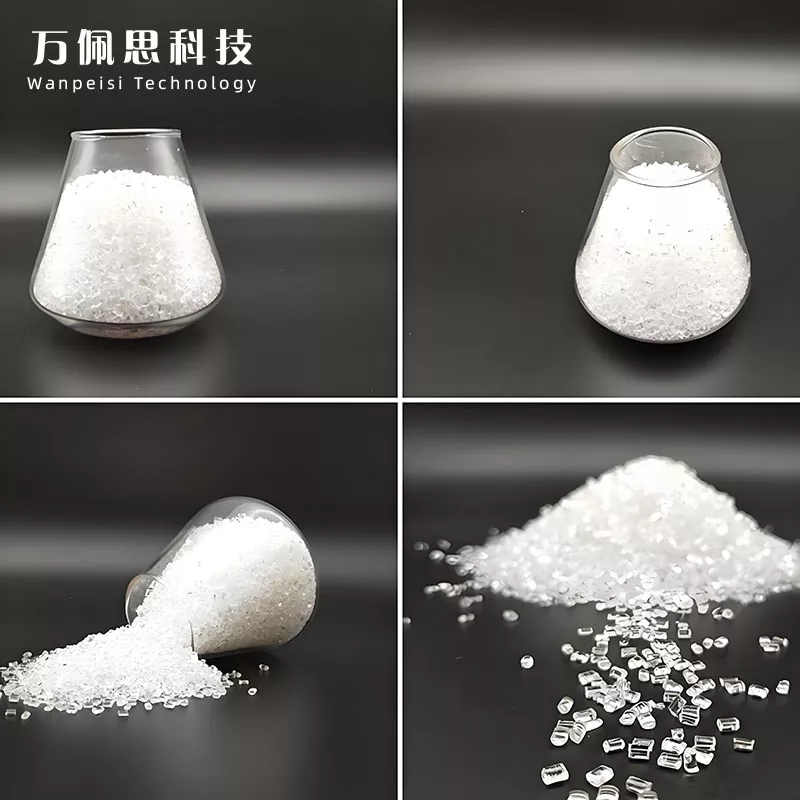How to cut polycarbonate sheets:
2024-10-01

What are the common ways to cut polycarbonate sheets?
There are several ways to cut polycarbonate sheets, such as using a circular saw, jigsaw, handsaw, laser cutter, or CNC router. However, the choice of cutting method depends on the thickness, size, and shape of the sheet, as well as the desired accuracy, speed, and finish.
What are the safety precautions for cutting polycarbonate sheets?
When cutting polycarbonate sheets, it is important to wear protective gear, such as safety glasses, gloves, and a dust mask, to avoid injury and inhalation of debris. In addition, it is recommended to use a cutting table or a clamping system to secure the sheet firmly in place during cutting, and to use a dust collection system or a vacuum cleaner to remove the dust and chips from the work area.
What are the tips for achieving a clean and precise cut?
To achieve a clean and precise cut, it is advisable to use a fine-toothed blade or a specific polycarbonate cutting blade, to cut at a moderate speed, to avoid overheating and melting of the sheet, and to use a low RPM when using a handheld cutting tool. In addition, it is recommended to score the sheet lightly with a sharp utility knife, to create a guide for the saw, and to use a sandpaper or a file to smooth the edge after cutting.
In conclusion, polycarbonate is a versatile and durable material that requires careful consideration when cutting. By choosing the appropriate cutting method, following the safety protocols, and applying the right techniques, one can achieve a clean and precise cut that meets the requirements of their project.
Xiamen Wanpeisi Technology Co.,Ltd. (https://www.wpsplastics.com) is a leading manufacturer and supplier of polycarbonate sheets, acrylic sheets, PVC foam boards, and other plastic products. We pride ourselves in providing high-quality products, competitive prices, and excellent customer service. Please contact us at jessica@wpsplastics.com to learn more about our products and services.References:
1. Kim, S. et al. (2019). "Fabrication of Polycarbonate Microfluidic Devices via Hot Embossing," Polymers, 11(5), 823.
2. Huang, X. et al. (2020). "Additive-Free Macroporous Polycarbonate via Thermally Induced Phase Separation and Application in Oil-Water Separation," Journal of Applied Polymer Science, 137(6).
3. Lee, C. et al. (2018). "Mechanical Properties of Nanostructured Polymer-Clay Composites Based on Polycarbonate," Polymers, 10(5), 506.
4. Zhang, H. et al. (2021). "Molecular Dynamics Simulation of Oxygen Transport in Polycarbonate Membranes with Different Pore Morphologies," Journal of Membrane Science, 618.
5. Chen, Y. et al. (2019). "Fabrication of Superhydrophobic and Antireflective Coatings on Polycarbonate Surfaces via Spray Coating and Thermal Treatment," Surface and Coatings Technology, 378.
6. Li, Y. et al. (2018). "Preparation and Characterization of Polycarbonate-Silica Nanocomposites by In-Situ Polymerization," Journal of Macromolecular Science, Part B, 57(12), 1173-1182.
7. Kuo, C. et al. (2020). "Electromagnetic Interference Shielding Properties of Polycarbonate-Silver Nanocomposites Synthesized Using Reducing Agents with Different Properties," Polymers, 12(4), 838.
8. Chen, X. et al. (2019). "Preparation and Properties of Polycarbonate-Urea-Formaldehyde Resin Filament for Fused Deposition Modeling," Journal of Applied Polymer Science, 136(34).
9. Zhu, Y. et al. (2018). "Electrospun Polycarbonate/Polyethylene Glycol Nanofiber Membrane for Potential Wound Dressing Applications," Journal of Biomaterials Science, Polymer Edition, 29(10-12), 1221-1233.
10. Chen, W. et al. (2021). "Nonisothermal Crystallization and Mechanical Behavior of Polycarbonate/Polyethylene Glycol Terephthalate Blends," Polymer Engineering and Science, 61(7), 1514-1522.


